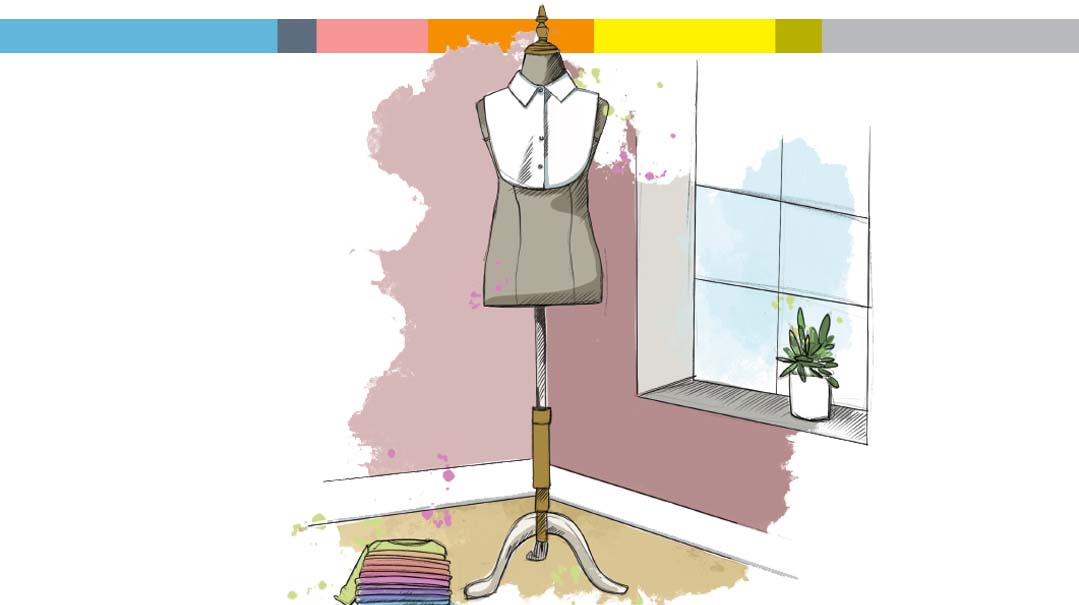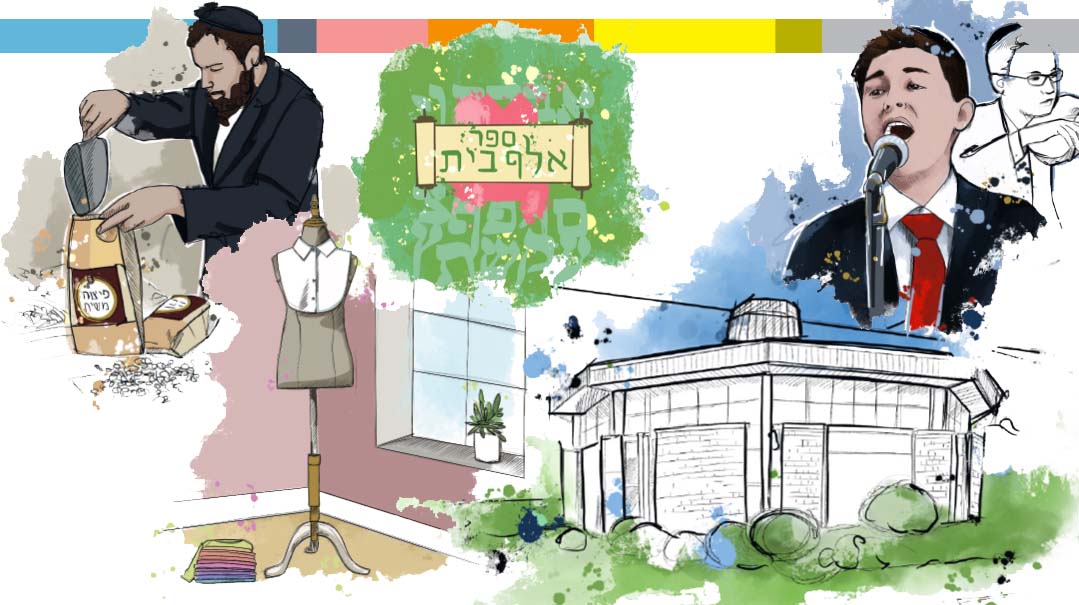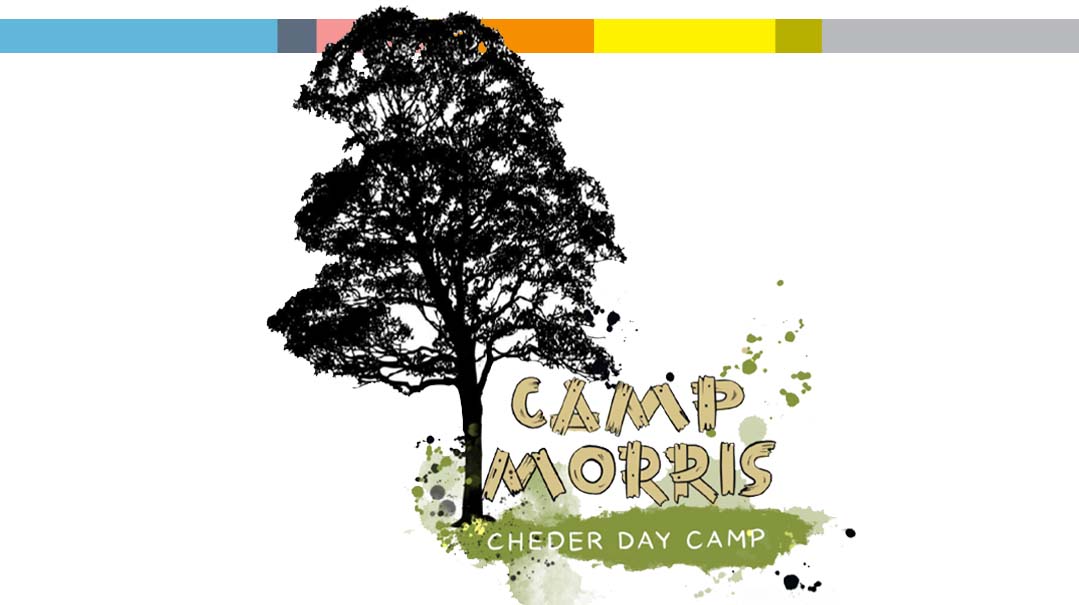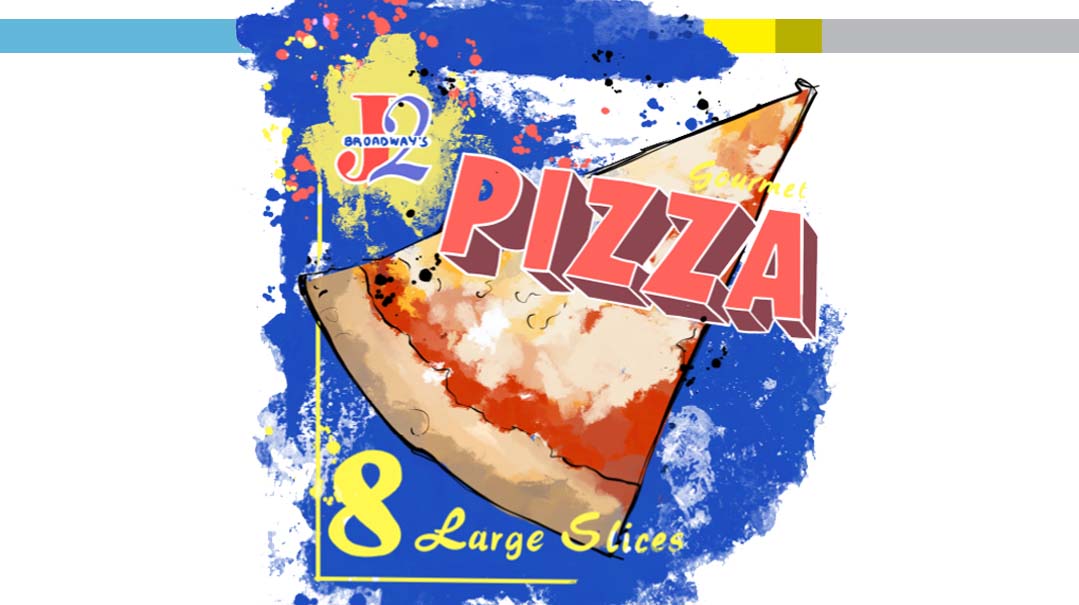Shells (and Dickeys)
| September 14, 2021Previously sold only in black, white, cream, and navy, shells can now be found in more than 50 colors

Illustrations: Marion Bellina
Named for: the literal definition of the term
The word “shell” is possibly the most widely used term in frum fashion. The shell has become a critical wardrobe item that fills in when a shirt or dress just doesn’t cut it tzniyus-wise. Merriam-Webster defines a shell as “a plain usually sleeveless blouse or sweater,” but the term likely originates from an earlier meaning of the word, “a thin usually spherical layer or surface enclosing a space or surrounding an object.”
Traditional dickeys, on the other hand, were worn to fill in a neckline and give the appearance of a tuxedo front or button-down shirt, when in fact there was just a collar and a hanging flap of cloth. The term dickey (sometimes spelled dicky or dickie) appears to have originated among blue-collar workers in England in the 1800s, as Cockney slang shortening of “Dickey dirt,” which referred to a shirt. “Dickey” was a nickname for a foreman, and at a time when office workers were required to wear suits but couldn’t afford, with their minimum wages, to keep a stack of freshly laundered shirts, they’d wear these neckline-and-collar fillers to cover their less-than-fresh-looking shirts.
Dickeys were sometimes made out of celluloid for durability or cardboard for affordability. In the early to mid-1900s, cotton, silk, and rayon dickeys made their way into women’s fashion with embroidery, lace, and ruffles to bring new life to old dresses and suits. In recent years, the dickey has started making a comeback, touted by fashion designers as a way to provide warmth around the neck in the winter or add fashion and versatility to an outfit without too much bulk.
So while dickeys are becoming more widespread, the frum velt maintains a near monopoly on the word “shell,” the supply and the demand for an ever-expanding color palette of shells.
Did you know
Previously sold only in black, white, cream, and navy, shells can now be found in more than 50 colors.
The Shell Station, chief purveyor of tzniyus shells, was founded in 2005.
Bais Yaakov alumnae from two or three decades ago may recall keeping several of these dickeys on hand to tuck under sweaters or sweatshirt collars in lieu of the required oxford shirt. It was just too hot to wear double layers, and for the most part, we got away with it.
(Originally featured in Mishpacha, Issue 878)
Oops! We could not locate your form.






